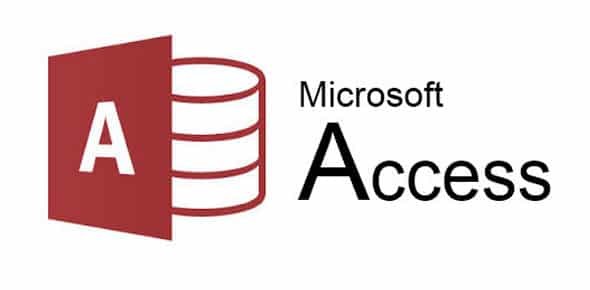Reference Subform properties and controls from parent form in MS Access
Introduction
Examples
Parent_form is the name of the top level form [the Parent_form / top level form that subs are on]
Subform_One is the name of the subform CONTROL on Parent_form
Subform_Two is the name of the subform CONTROL on the 1st subform.
To refer to a form property, like RecordSource
| Design View / function for Parent_form | Design View / function for Subform_One | |
| On Parent_form | Me.RecordSource | Me.Parent.RecordSource |
| On Subform_One | Me!Subform_One.Form.RecordSource | Me.RecordSource |
| On Subform_Two | Me!Subform_One.Form!Subform_Two.Form.RecordSource | Me!Subform_Two.Form.RecordSource |
To refer to a control
| Design View / function for Parent_form | Design View / function for Subform_One | |
| On Parent_form | Me!ControlName | Me.Parent!ControlName |
| On Subform_One | Me!Subform_One.Form!ControlName | Me!ControlName |
| On Subform_Two | Me!Subform_One.Form!Subform_Two.Form!ControlName | Me!Subform_Two.Form!ControlName |
To refer to a control property, like Enabled
| Design View / function for Parent_form | Design View / function for Subform_One | |
| On Parent_form | Me!ControlName.Enabled | Me.Parent!ControlName.Enabled |
| On Subform_One | Me!Subform_One.Form!ControlName.Enabled | Me!ControlName.Enabled |
| On Subform_Two | Me!Subform_One.Form!Subform_Two.Form!ControlName.Enabled | Me!Subform_Two.Form!ControlName.Enabled |
To refer to a subform control property, like SourceObject
| Design View / function for Parent_form | Design View / function for Subform_One | |
| On Parent_form | N/A | N/A |
| On Subform_One | Me!Subform_One.SourceObject | N/A |
| On Subform_Two | Me!Subform_One.Form!Subform_Two.SourceObject | Me!Subform_Two.SourceObject |
To refer to a form property, like RecordSource
| If you are on Sub2 | Not in these forms | |
| On Parent_form | Me.Parent.Parent.RecordSource | Forms!Parent_form.RecordSource |
| On Subform_One | Me.Parent.RecordSource | Forms!Parent_form!Subform_One.Form.RecordSource |
| On Subform_Two | Me.RecordSource | Forms!Parent_form!Subform_One.Form!Subform_Two.Form.RecordSource |
To refer to a control
| If you are on Sub2 | Not in these forms | |
| On Parent_form | Me.Parent.Parent!ControlName | Forms!Parent_form!ControlName |
| On Subform_One | Me.Parent!ControlName | Forms!Parent_form!Subform_One.Form!ControlName |
| On Subform_Two | Me!ControlName | Forms!Parent_form!Subform_One.Form!Subform_Two.Form!ControlName |
To refer to a control property, like Enabled
| If you are on Sub2 | Not in these forms | |
| On Parent_form | Me.Parent.Parent!ControlName.Enabled | Forms!Parent_form!ControlName.Enabled |
| On Subform_One | Me.Parent!ControlName.Enabled | Forms!Parent_form!Subform_One.Form!ControlName.Enabled |
| On Subform_Two | Me!ControlName.Enabled | Forms!Parent_form!Subform_One.Form!Subform_Two.Form!ControlName.Enabled |
To refer to a subform control property, like SourceObject
| If you are on Sub2 | Not in these forms | |
| On Parent_form | N/A | N/A |
| On Subform_One | N/A | Forms!Parent_form!Subform_One.SourceObject |
| On Subform_Two | N/A | Forms!Parent_form!Subform_One.Form!Subform_Two.SourceObject |
Conclusion
You can read more articles here:
If you would like to read more about MS Access (Is it a good idea to outsource MS Access?) please read our guide : ‘Outsource MS Access‘
To read more about MS Access in general, view our ‘What is Microsoft Access‘ post or go to Microsoft.
Arrow Design, based in Dublin, Ireland, provides quality website design services in Dublin and beyond at affordable prices. If you would like help with implementing the above code, or any wordpress website development project, contact us. We love website design and it shows! We provide custom wordpress plugin development, website design training and lots more.
We do it all, so you don’t have to!
…We do more, so you can do less 🙂




